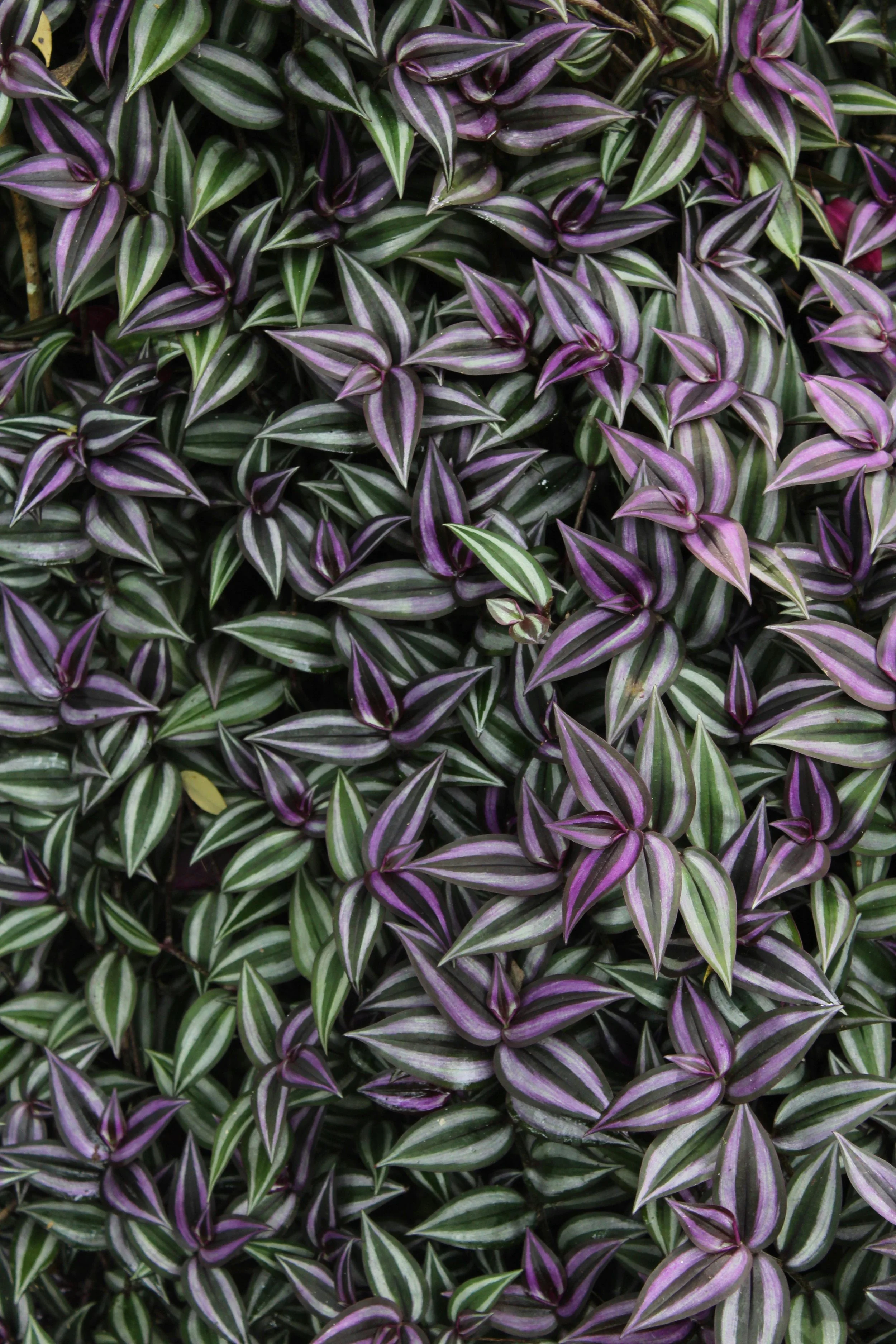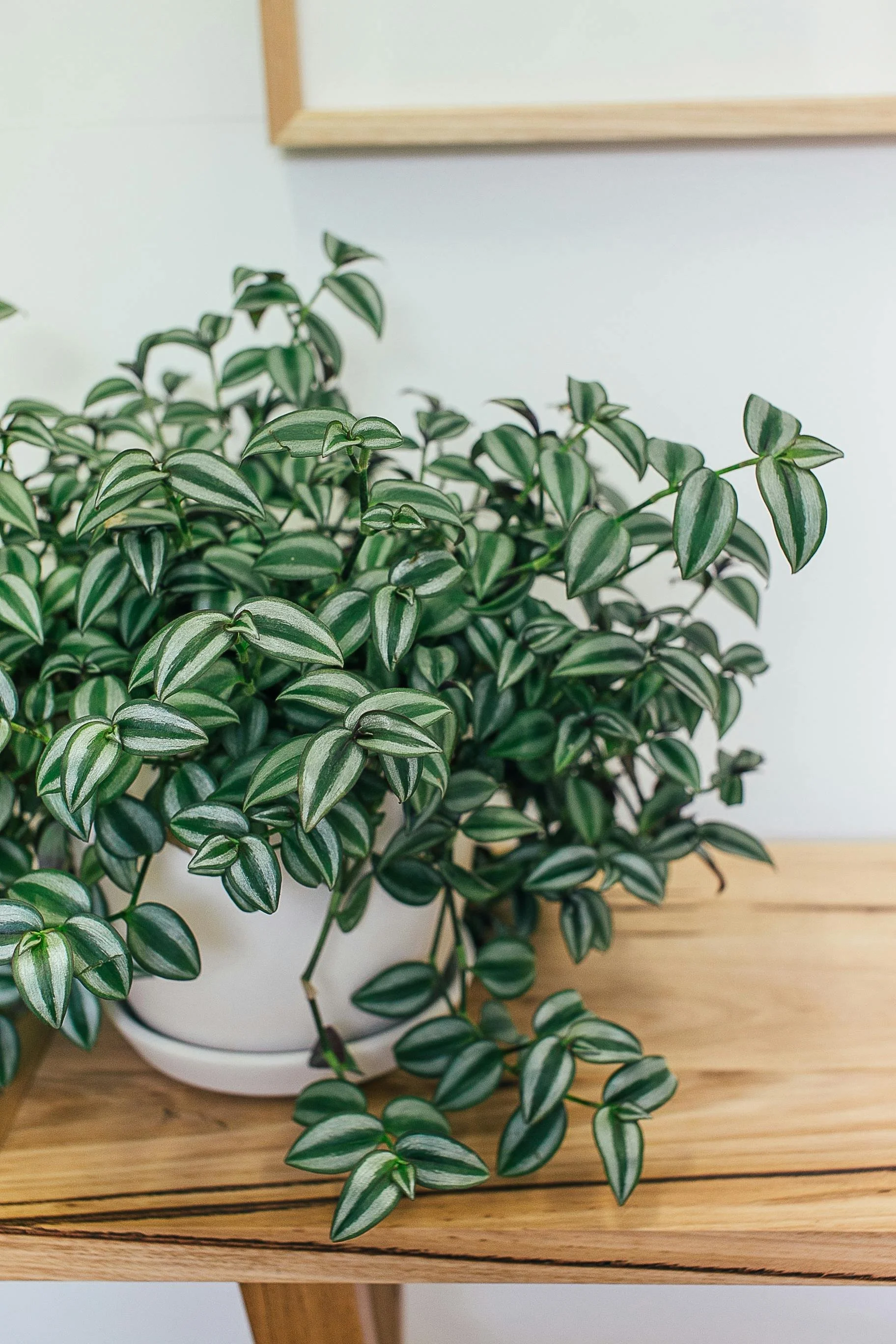Tradescantia Care Guide
Tradescantia plants are treasured for their trailing vines and vibrant foliage, which can range from deep purple to bright green with silvery stripes. Their fast-growing, low-maintenance nature makes them a popular choice for hanging baskets, shelves, and tabletops. With the right care, these plants can add lush color and texture to any indoor or outdoor space. Here's how to help your Tradescantia thrive.
1. Placement
Bright, indirect light is ideal to keep leaf colors vivid.
Near an east or west-facing window works well indoors.
Too little light causes dull color and leggy growth.
Outdoors, place in partial shade—avoid harsh afternoon sun.
2. Watering
Water when the top inch of soil feels dry.
Water thoroughly until excess drains out the bottom.
Reduce watering in fall and winter.
Avoid soggy soil, which can cause root rot and yellowing leaves.
3. Soil & Potting
Use a well-draining potting mix with good aeration.
A mix with peat, perlite, and compost works well.
Always use pots with drainage holes.
Tradescantia also does well in hanging planters or shallow pots.
4. Pruning & Maintenance
Pinch back stems regularly to encourage bushier growth.
Remove yellowing or dead leaves to keep the plant tidy.
Long vines can be trimmed and propagated.
Wipe leaves gently to remove dust if grown indoors.
5. Fertilizing
Feed once a month during the growing season (spring and summer) with a balanced, diluted liquid fertilizer.
Skip fertilizing during fall and winter when growth slows.
Too much fertilizer can lead to salt buildup and leaf burn.
6. Propagation
Easily propagate by cutting a few inches of healthy stem and placing it in water or moist soil.
Roots form quickly, and new plants can be potted once established.
Tradescantia is one of the easiest houseplants to multiply this way.
7. Troubleshooting
Leggy Stems: Indicates low light. Move closer to a bright window.
Yellowing Leaves: Could mean overwatering or poor drainage.
Brown Leaf Tips: Often caused by dry air—try misting or using a humidifier.
Faded Color: Usually a sign of too little light or nutrient deficiency.
8. Seasonal Care
Spring/Summer: Peak growth. Water regularly and fertilize monthly.
Fall/Winter: Growth slows. Water less and avoid feeding. Protect from cold drafts.
9. Repotting
Repot annually or when the plant outgrows its pot.
Choose a slightly larger container with drainage.
Gently loosen the roots and replant in fresh potting mix.
Water lightly after repotting and allow the plant to settle in.



